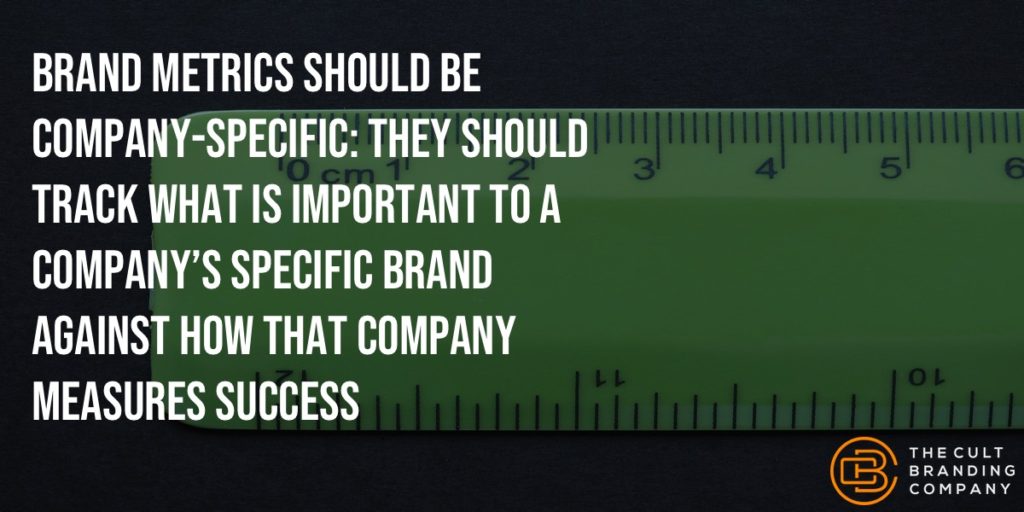
Don’t get me wrong: I love data. But, I have issues with the way businesses treat data.
There are two main problems with data: one is the way it’s collected and the other is the way it’s used.
The problem with the way it’s collected is that more is treated as better.
Many companies treat data as if answers will suddenly come from it after they collect enough.
The issue is that even though self-confidence in judgment increases with the amount of information available, judgmental accuracy does not also increase.1 This surety without accuracy often translates into additional research that is designed to provide support for a biased, flawed view, instead of exploring alternative avenues.
The problem with the way it’s used is that it’s not: the majority of data that gets collected is wasted; it’s not turned into actionable strategies.
Nowhere is this more evident than the way companies track brand metrics. In academic journals, the current consensus on brand metrics is that there isn’t any series of objective measures that are relevant across all companies. Instead, the best method is to determine what metrics are important to a company’s specific brand and track them against how that specific company measures success—financial and otherwise.
But, most companies use the same, generic tracking metrics—some of which like Net Promoter Score (NPS) have been shown to be flawed—and since these metrics aren’t tied to goals of the company, they don’t get used and just get observed and acknowledged,
If you’re collecting data, it should be collected with the purpose of understanding. And, what you’re collecting should be attuned to what matters to your business.
_______________________
- Hillel J. Einhorn and Robin M. Hogarth, “Confidence in Judgment: Persistence of the Illusion of Validity,” Psychological Review, 1978. ↩
